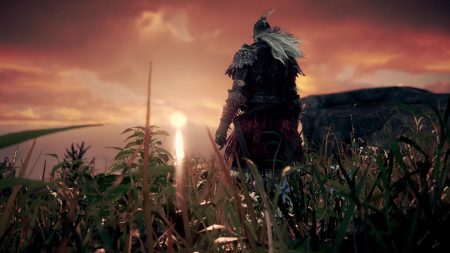Welcome back to Punished Notes! In the latest edition, I’ll discuss Death’s Door and Psychonauts 2 (two of the year’s best games so far), share a brief thought on the new No Man’s Sky content, dish the dirt on the latest trashy reality TV show, and more.

Death’s Door and the Difficulty of Avoiding Death
Mild spoilers for the plot of Death’s Door. I won’t explain the entire set-up of the game, so check here for more info on the basics of the story.
Death’s Door, the latest action-adventure title from Titan Souls developer Acid Nerve, is an exciting sojourn through wondrous landscapes filled with daunting challenges and thrilling boss battles. While its Zelda-like approach to dungeons and tough-but-fair combat system make it one of the more mechanically satisfying titles of 2021, the game’s focus on a tight and thematically consistent narrative elevates it from “very good” to “excellent.”
Without explaining too much of the actual plot, I was often floored at how Death’s Door explores dying not through the lens of loss or mourning, but through one of inevitability and finality. Each “giant soul” you must reap consists of fighting your way through hordes of enemies and solving environmental puzzles, but typically the main foe at the end of each dungeon is aiming less to enact evil and more to prolong their life at any cost. The player besting each boss isn’t just an exercise in ridding the world of a threat; it’s about forcing people to let go and accept their fate.
While these giant souls do, in fact, engage in nefarious behavior, it’s largely in service of survival, and even those most wronged may feel some sympathy for them, at least in terms of wanting to ward off death. Take the Witch of Urns, the boss at the end of the game’s first big dungeon: In an effort to preserve her family members and ensure they never die, she turns their heads into pots so she can repair them using magic if they ever break. Once the player kills her, Steadhone the Gravedigger delivers a eulogy for her (as he does after every boss fight), saying that she was “driven by her maternal instincts” to “outwit death,” and that she is “now in peace.” Her grandson, known as Pothead (yes, that’s his name), laments that he will forever have a pot for a head, yet still hopes the witch “finds peace beyond life.”
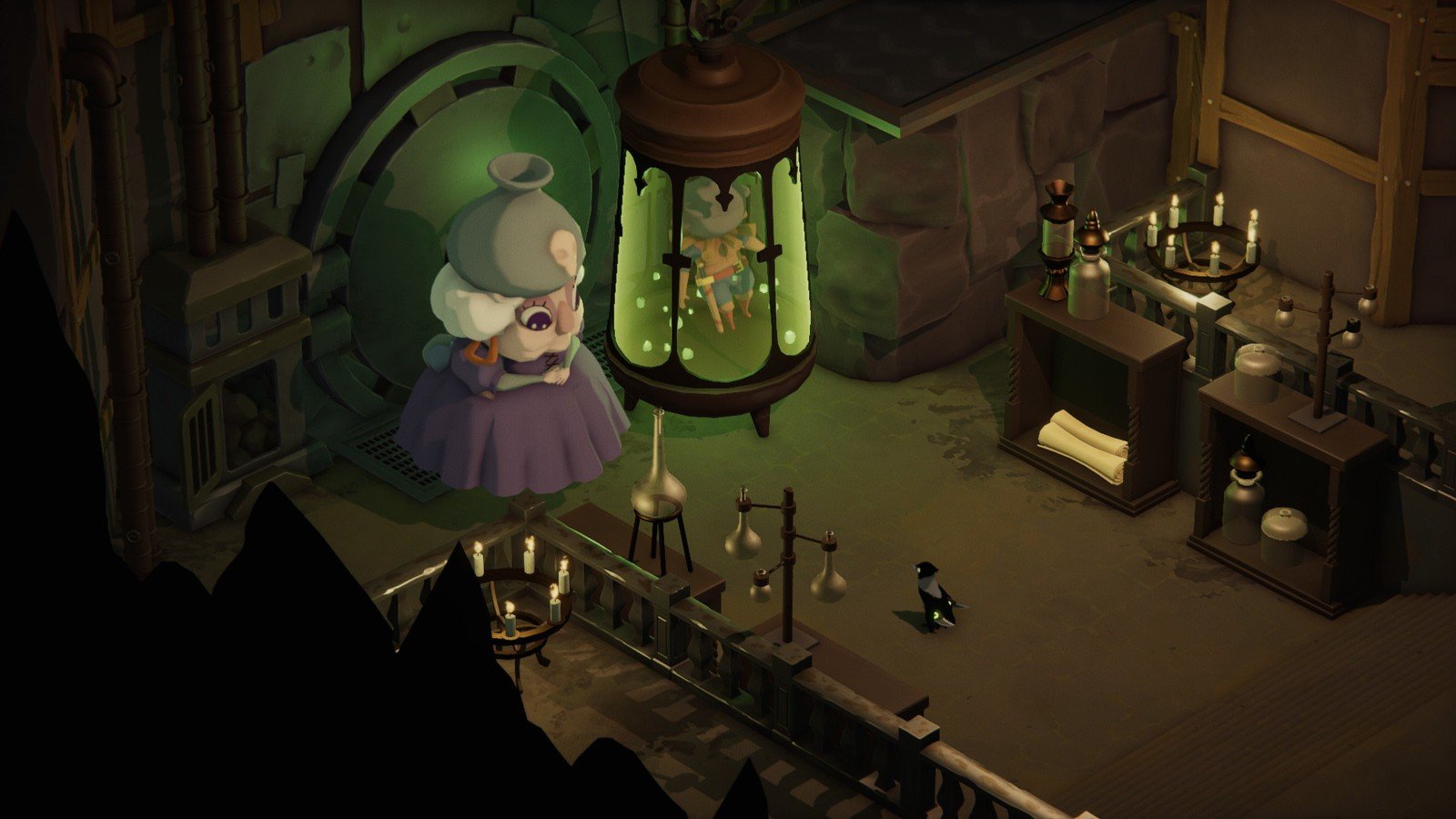
Every other major antagonist embodies this theme. To them, death is not just the end of life, but a form of failure, in the sense that they either failed to prolong their time in this world or failed to do much with the time they had. Each environment in Death’s Door is littered with ruined structures, flooded temples, dust-covered artifacts, and abandoned castles, signs that death has come for these places and that everything that remains has been left to oblivion. When all signs around you highlight the dreariest aspects of mortality, it’s hard not to view one’s end as a missed opportunity. Despite many of Death’s Door’s best NPCs demonstrating the joys of living through community-building, humor, and art, the concept of death is still framed as the outcome of a contest for the title’s greatest foes, and the player as well.
Almost everything in Death’s Door underscores not just the somberness of passing away, but the extremely human tendency to avoid it, as trying to cheat death is a very difficult task. Much like the villains, the hero (if that word even applies) must do whatever it takes to survive even when the end feels inevitable. They must learn proper dodge rolls, how to time attacks, and how to optimize use of spells in order to stay alive. Looking for secrets in Death’s Door is fun enough on its own, but the rewards for such wanderlust are typically more cash to use on attribute increases, making the general trek through treacherous areas a little easier. In addition, the player must mentally grasp that death is a possibility each time they enter a new area. Something out there will be trying to kill you, and you have to be prepared.

It’s in our nature to avoid dying at all costs (well, at least some of us). Our fear of an untimely demise is the main motivation to eat healthy, work out, sleep regularly, avoid hard drugs, wear seat belts, follow traffic laws, take medicine, purchase ergonomic furniture, wear sunscreen, cut down on the consumption of sugar and carbohydrates, drink red wine instead of hard liquor, and take daily B12 vitamins (OK, maybe that’s just me at this point). All of these actions can help extend our natural lives, but they can also be exhausting and nerve-wracking. Like the crow and every villain in Death’s Door, we’re willing to do a lot to remain on this earth, even though we enter the world knowing for certain we will eventually leave it. Hopefully, we don’t do so much as to forget that there is no life without death.

Psychonauts 2 Is Flat-Out Incredible
I originally intended to do a brief write-up on my experience with the first few hours of Psychonauts 2, but since then I found myself so enamored with the game’s world, story, and characters that I ended up finishing it in just a matter of days. So, instead of just giving you my initial thoughts, let me give you a brief review of the overall experience: Psychonauts 2 is phenomenal. I love nearly everything about it. Despite gushing over Death’s Door in this very Punished Notes, Psychonauts 2 has just firmly grabbed Game of the Year status at this point in 2021.
Within just a matter of hours into the latest game from Double Fine, a sequel 16 years in the making, I was hooked. The game quickly exceeded my expectations, and swiftly demonstrated itself as a superior minute-to-minute experience than that of its 2005 predecessor in nearly every conceivable way.
Admittedly, I didn’t touch the original Psychonauts until a couple of months ago, and while I enjoyed its zany, out-of-the-box level design, humorous writing, and all-around gloomy atmosphere, many of its gameplay mechanics have aged poorly, there are far too many collectibles, and the first couple of hours aren’t well paced. I imagine I would have loved Psychonauts had I played it around the time it was originally released, but playing it in 2021 felt like a chore (especially when I had to grind for psychic arrowheads to buy the cobweb duster).
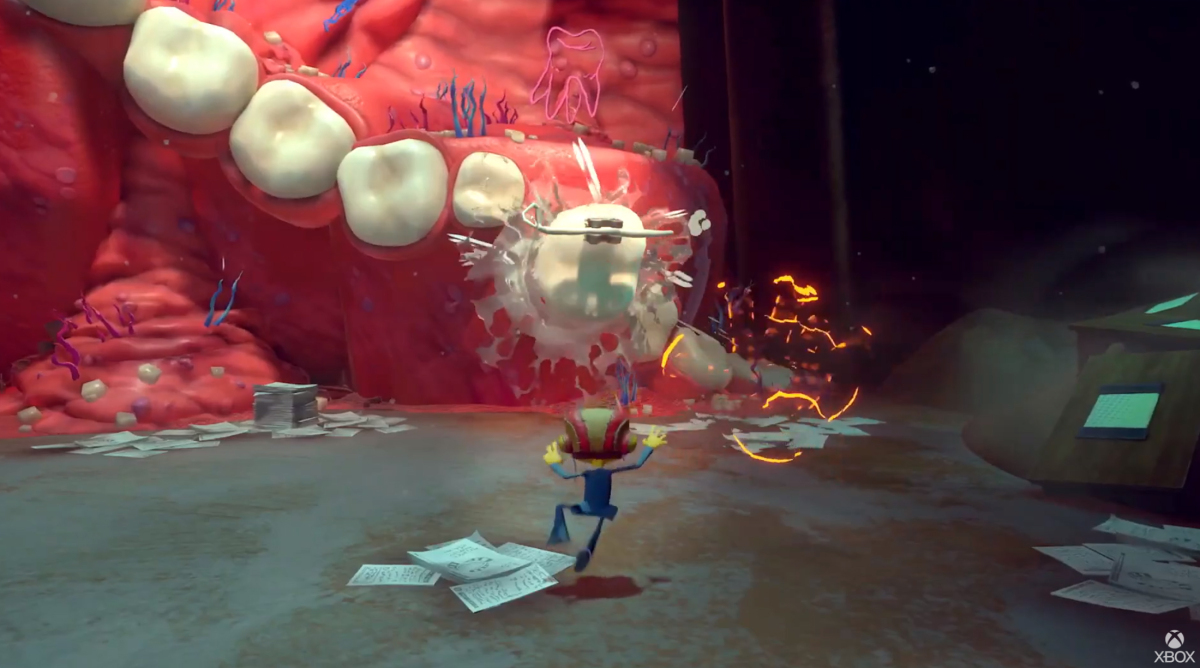
Psychonauts 2, on the other hand, presents more streamlined gameplay and excellent pacing, with most of the experience’s key abilities, mechanics, and collectibles unveiled within the first hour or two. Many of the game’s newer features (including badges and an improved progression system) are easy to understand, and the brand-new hub world is broad and full of exciting secrets to discover.
Moreover, the game feels truly next-gen, and not just because of its sharp visuals and gorgeous art direction (though it is fairly stunning). Psychonauts 2, much like the first game, tasks the player with entering people’s minds and navigating their subconscious, which typically feels like a bizarre fever dream that blends multiple brain-bending themes together. (For example, one stage involves a former medical researcher who manages to become a gambling addict, therefore creating a casino hospital in her head.) Due to the improved power of the Xbox Series X (where I’m playing the game), transitioning from radically different areas is seamless, even when it involves moving from a tooth-filled horror room into an astral plane full of floating platforms. Psychonauts 2 had been delayed many times since its initial reveal in 2015, but it’s clear the emphasis on maximizing the Series X technology was a worthwhile endeavor.
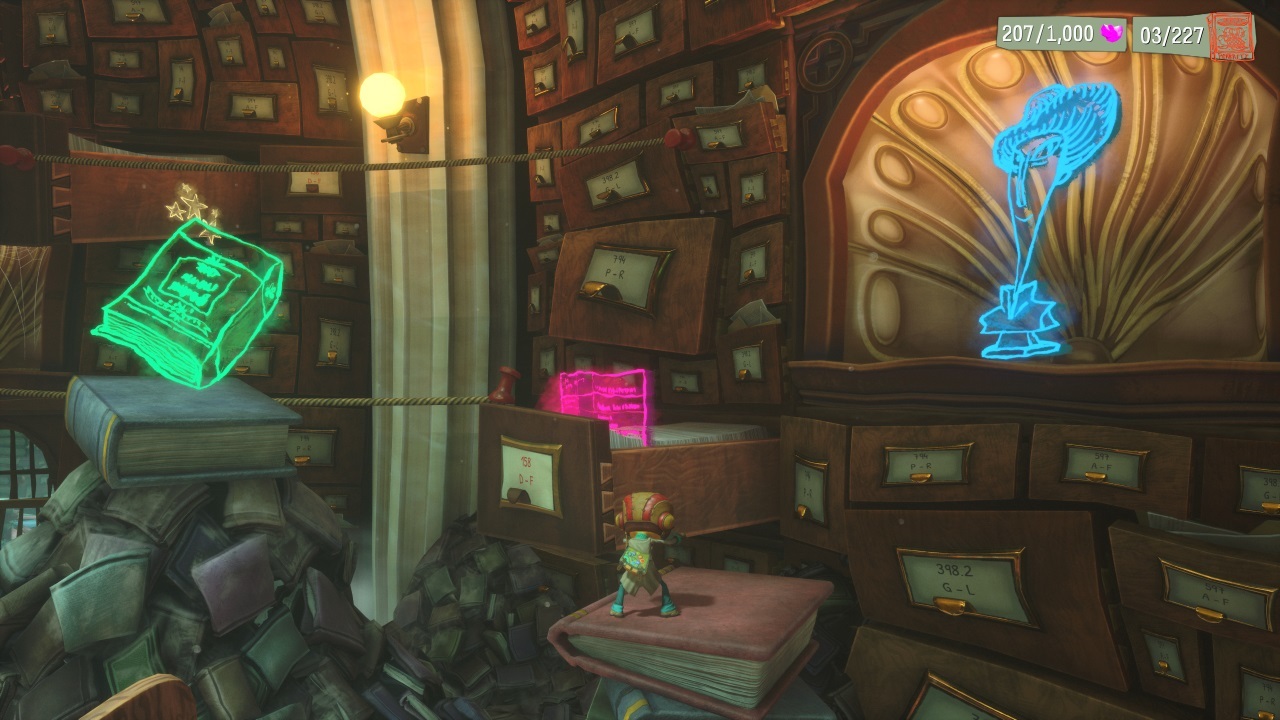
Beyond the mechanical side of things, Psychonauts 2 still has that Double Fine magic: excellent voice acting, a compelling narrative, airtight world design, and sharp, witty writing. Aesthetically, the game has the best qualities of great animated films, including wonderfully emotive facial animations, kooky environmental layouts, and a broad and lush color palette.
Pscyhonauts 2 really sings, however, during the long sequences when you enter someone’s mind and face some elaborate manifestation of their traumas, insecurities, and mental struggles. The folks at Double Fine have deftly crafted such levels not just with fun platforming challenges, wacky enemy encounters, and a boatload of collectibles, but with a level of thematic creativity that consistently blew me away. Beyond just being a joy to gaze upon and navigate through, such mental mazes compel the player to empathize with people, both good and bad, who are all going through battles of their own. Through even the zaniest of gameplay sequences, Psychonauts 2 forces the player to truly understand the people they’ve entered and help them overcome whatever demons are lodged in their heads. The first game was designed this way as well, but the newer levels in Psychonauts 2 blow nearly all its predecessors’ out of the water.
I don’t want to get too deep into the details of all these worlds (I’m not trying to spoil anything), but they easily rival the level design found in the best 3D platformers I’ve ever played, and each tells a story that is exciting, heartbreaking, and (mostly) redemptive. Overall, Psychonauts 2 does more than give the player plenty of wacky playgrounds to jump around in; it makes those playgrounds mean something. A fabulous and emotional adventure I would recommend to just about anyone.
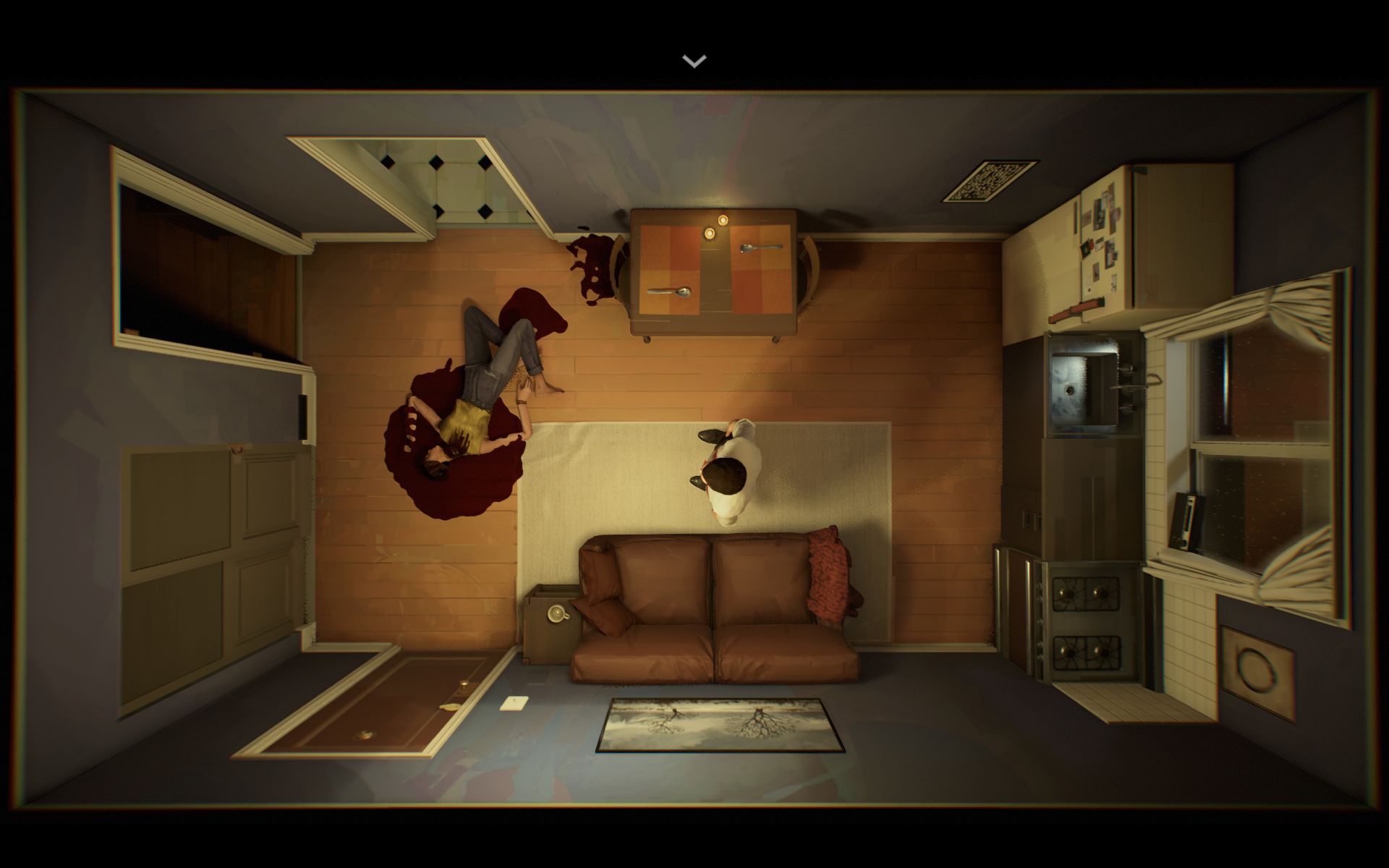
LIGHTNING ROUND!!!!!!!!!!!!!!!!!!
-Check out the upcoming spoilercast we did (as well as David’s review) for a little more on 12 Minutes, but I just wanted to mention that it’s easily the worst game I’ve played so far in 2021. It’s an obtuse, mean game whose ambition is not matched by its execution.
-One more quick note on Psychonauts 2: The best mind levels in the game are “Bob’s Bottles,” “PSI King’s Sensorium,” and “Cassie’s Collection” in some order. Each area is fully of laughs, tears, and incredible level design, both visually and mechanically.
-I decided to try out the first Axiom Verge recently, but I bounced off of it after just a few hours because it just felt like a worse version of a Metroid game.
-I love the new direction that WarioWare: Get It Together! Is taking for the franchise. I only played the demo for about an hour, but the way each character you select has very different ways of playing each microgame makes the experience more novel and averts the chances of the game feeling stale after a few hours, which is always a risk for party games.
-The recent re-release of Quake was a nice surprise, and a boon for both fans of the franchise and people (like me) who enjoy trying out older games in modern contexts. That said, I played about an hour of Quake before realizing that this game just wasn’t really for me, and perhaps never was.

-I finally got to try out the new fighters from the second fighter pack for Super Smash Bros. Ultimate, and I’m still astounded at how every new character almost makes me feel like I’m playing a new game. The level of variety found in Ultimate was phenomenal to begin with, but having Minecraft Steve and Min Min play completely differently from almost all other previous fighters makes revisiting the game a fresh new treat every time.
-The New Donk City course that was recently added to Mario Golf: Super Rush might be the best content in the whole game and hopefully is a harbinger of more good DLC for the game.
–New Pokemon Snap’s free DLC was also a nice surprise, and while I enjoyed the game overall, I didn’t think the DLC added anything other than some extra fan service.
-As much as I adore No Man’s Sky and its ability to make the player feel like a mere spec in a broad and vast universe, I’m uncomfortable with some of the language in its latest update, Frontiers. In the update, players can build settlements on planets and even become “overseers” of such settlements. Too many video games utilize colonialist imagery and terminology without properly investigating the negative repercussions of such actions (namely displacement, genocide, and slavery), and it’s disappointing to see Hello Games focus a new content drop on concepts and ideas that conjure such morbid comparisons. This could have been avoided by saying the new Towns update allows you to become the “mayor.”
–FBoy Island, the latest reality dating show on HBO Max, is just as trashy and tantalizing as any other top-tier reality show, but what really hooked me was how it is constantly changing the rules, meaning the contestants themselves aren’t always sure what game they’re playing. I cannot recommend this show enough for people who want something simultaneously low-brow and mesmerizing.
Sam has been playing video games since his earliest years and has been writing about them since 2016. He’s a big fan of Nintendo games and complaining about The Last of Us Part II. You either agree wholeheartedly with his opinions or despise them. There is no in between.
A lifelong New Yorker, Sam views gaming as far more than a silly little pastime, and hopes though critical analysis and in-depth reviews to better understand the medium's artistic merit.
Twitter: @sam_martinelli.









